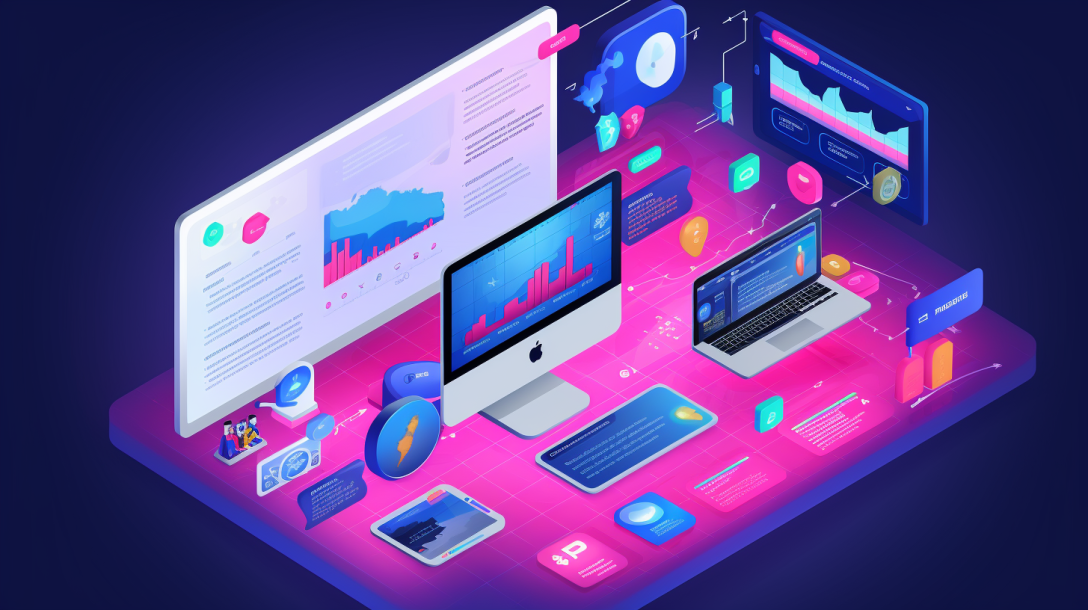5 Great Tips & Tricks for Mastering Content Marketing: Personalization Perfection

Thanks for reading part 5 of our series: Personalization Perfection. If you haven’t read parts 1, 2, 3, and 4, click here.
Personalization is Vital
The ultimate content is that which is adjusted to a specific user group. The majority of marketers have come to understand that personalized content is vital for a proper marketing campaign. In fact, it has gotten to the point that personalized content is seen as more important than outbound marketing or generalized content, and is getting a greater share of marketing budgets. Personalized content has been found to better inform the user, boost the value of the website for the user, create loyalty, and lead to additional conversions. It also costs less than traditional marketing techniques.
This post will highlight best practices for content personalization, including calls to action, content recommendations, and emails.
1. Calls to Action
A central point of this blog series has been that a website will attract various users – buyers, those looking for product information, and people who want to read interesting collateral. A call to action (CTA) needs to be adjusted to the user type. For example, a person who clicks on a specific product page might be interested in a CTA about complementary products, while a collateral browser might want to read your latest white paper.
When creating the actual CTA, language is important. Use the first person, short sentences, and action words; describe the benefits of the CTA (“Click Here to Save 25% on our Widget!); and avoid technical terms. In addition, the use of color is important. Research shows differences by gender, but it turns out that blue is the best bet, while using contrast is always a good idea.
2. Content Recommendations
Companies like Amazon and eBay have turned content recommendations into a means of generating huge profits. However, the technologies they use have been around for years, and so new methods are being developed in this area, such as:
- Picture in a picture – displaying a personalized image or video in the corner of another, or at the corner of a text screen, to encourage the user to keep clicking.
- Active content – instead of customized static images, active content (also customized) actually moves on the screen, which is more eye-catching.
- Autoplay – this technique originated on Facebook and YouTube, and is now being exploited by marketers. Short content movies run continuously in a section of the screen to keep users watching.
Other tips of note: use clear images, keep sentences short and action oriented, and limit the number of recommendations to between 8 and 12.
3. Email
People get too much email, so your personalized email campaign depends on relevancy. You should determine a visitor’s needs upon registration and then create emails that appeal on a personal level. Once the user returns, you can determine the personalized email message according to landing page, website behavior, download history, and activity level (e.g. you haven’t visited in a while – have you seen our new widget?).
Finally, Put it in Play
After deploying these personalization techniques, you will want to check out their success rates by using other tools we have discussed. For instance, you should run analytics to determine where users are reacting to personalization and where they are not, and then use A/B testing to figure out what changes are needed. The key is finding a technology that knows how to accommodate your personalization activities. Such technologies include TrenDemon, HubSpot, and Optimizely.
This Brings our 5 part blog post series to an end. Thanks for tagging along! Don’t forget to register to our blog to get the latest tips and tricks from TrenDemon!